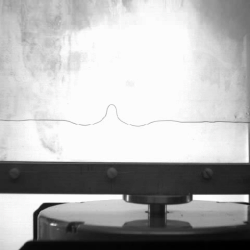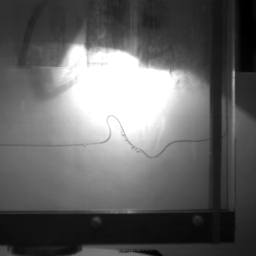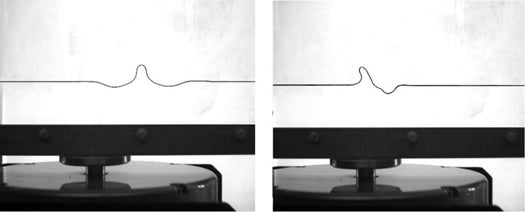Of all the things in the physical world we think we know a lot about, water is definitely among them. Nonetheless, by precisely shaking a shallow container of water, researchers have now observed two new types of waves that have never been observed before in water–and one that has never been observed in any other media either.
To conjure the waves, the researchers used what is known as a Hele-Shaw cell mounted on a small shake table. A Hele-Shaw cells is a container consisting of two parallel transparent plates separated by a small gap, much like an ant farm (see images above and .gifs below). In this case, the gap between them was 1.5 millimeters, or less than 6 hundredths of an inch.
As they ratcheted up the oscillation amplitude of the shaker, a high-speed camera recorded the surface deformation of the water inside the Hele-Shaw, revealing two new kinds of strange waves (both known as Faraday waves). One has an even symmetry, the other an asymmetric appearance, with a larger upper half and a smaller lower half.
All that might sound pretty pedestrian, but these properties could have implications for a range of other mechanisms in other fields like chemistry, biology, and optics. And then there’s sea waves, about which we still have much to learn. These new wave architectures may not look like much, but they inform our knowledge about large amplitude waves and their formation in the ocean. That’s a good thing to know about, as large-amplitude waves also go by the names “rogue waves” and “tsunamis” in certain contexts.











